- | 8:00 am
How Rimowa’s suitcase design changed the way we travel
The cult suitcase brand was founded when air travel didn’t yet exist. A new exhibit shows how it innovated as travel evolved.
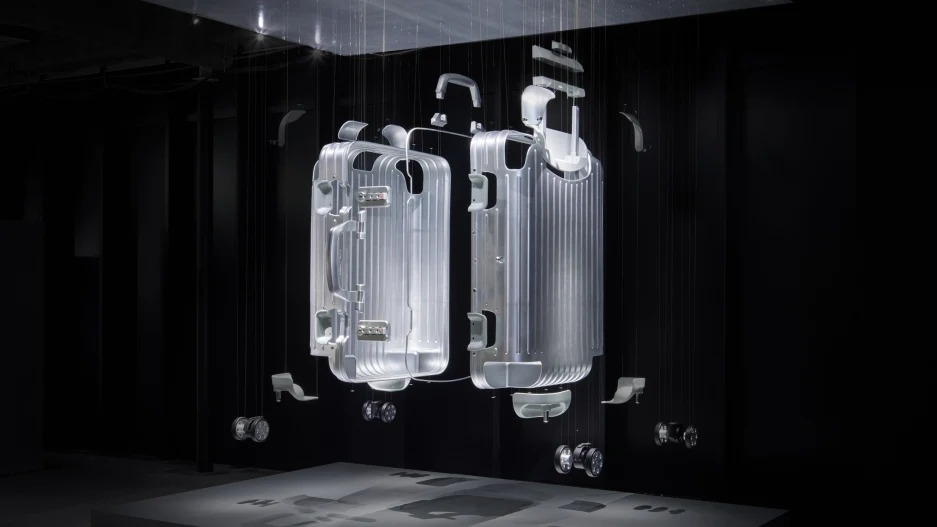
As flying comes back with a vengeance this fall, airports are packed with travelers pulling their wheeled suitcase behind them. It’s such a common sight that we don’t often think about how ergonomic, well-designed luggage has made traveling so much easier.
Rimowa, the German suitcase-maker, has been a key player in the development of the modern suitcase. The company was founded in Cologne, Germany in 1898 by Paul Morszeck, who was fascinated with travel. Over the next century, the company’s designers and engineers would invent a range of suitcases that would become iconic, from aluminum cabin bags with signature grooves to lightweight cases made from plastic. All of these innovations influenced the broader luggage industry, helping to crystalize the design of the suitcase that has become standard today.
Today, Rimowa opens a retrospective exhibit in New York in celebration of its 125th anniversary. It features suitcases of celebrities, like Patti Smith, Roger Federer, and Spike Lee, whose beat-up luggage tells a story of all the places in the world they’ve seen . But the story of Rimowa is really one of creative, problem-solving design. I sat down with Emilie De Vitis, Rimowa’s SVP of product and marketing, to discuss the big milestones in the brand’s design history. “The story Rimowa is the story of the evolution of travel,” she says. “It’s fascinating to think about how global the world has become in such a short time.”
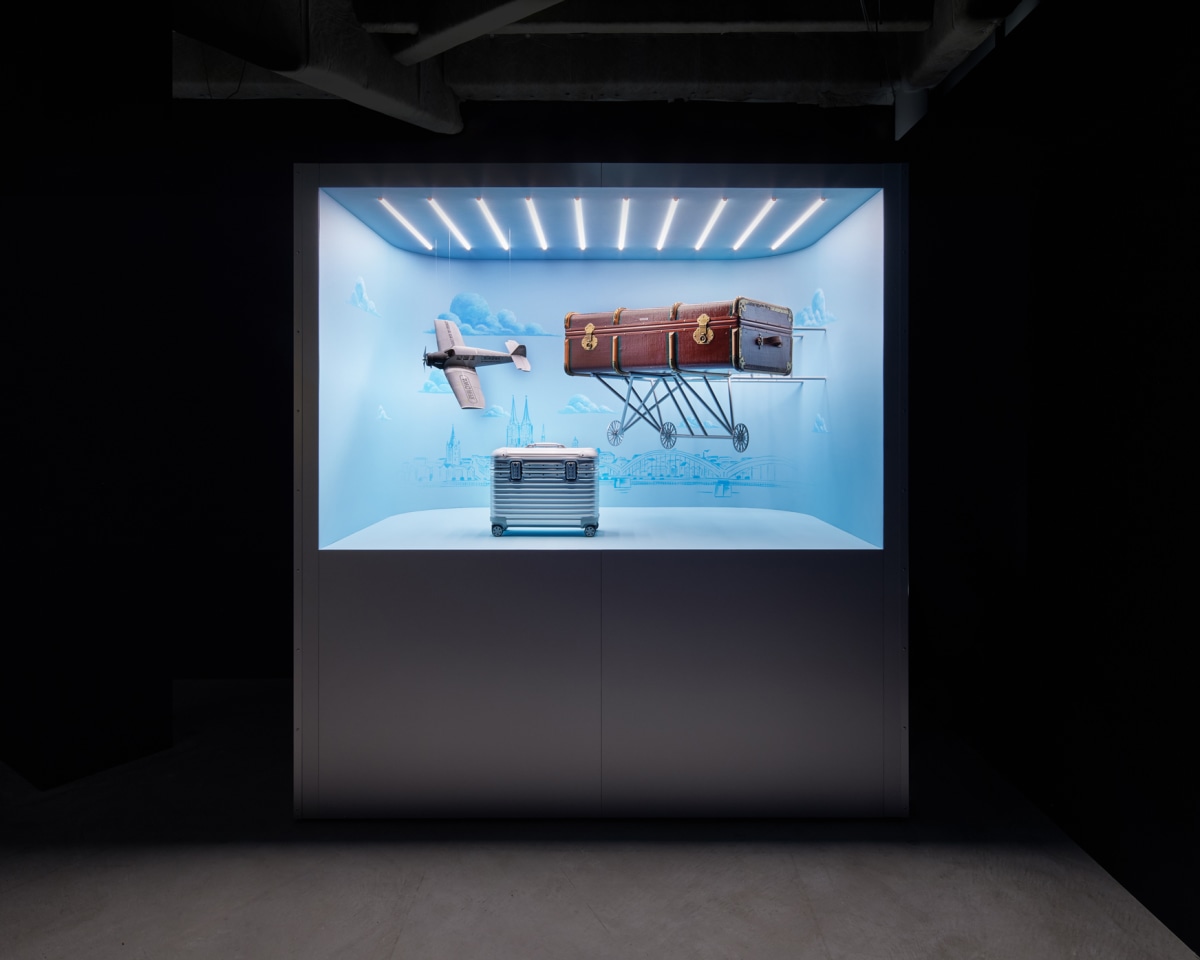
LEATHER AND WOOD STEAMER TRUNKS
When Morszeck first founded Rimowa, automobiles and aircraft were still in their infancy. Most people saw the world by taking trips on ship or train. So the first pieces of luggage the company created were large trunks that would allow well-heeled travelers to bring their wardrobes with them.
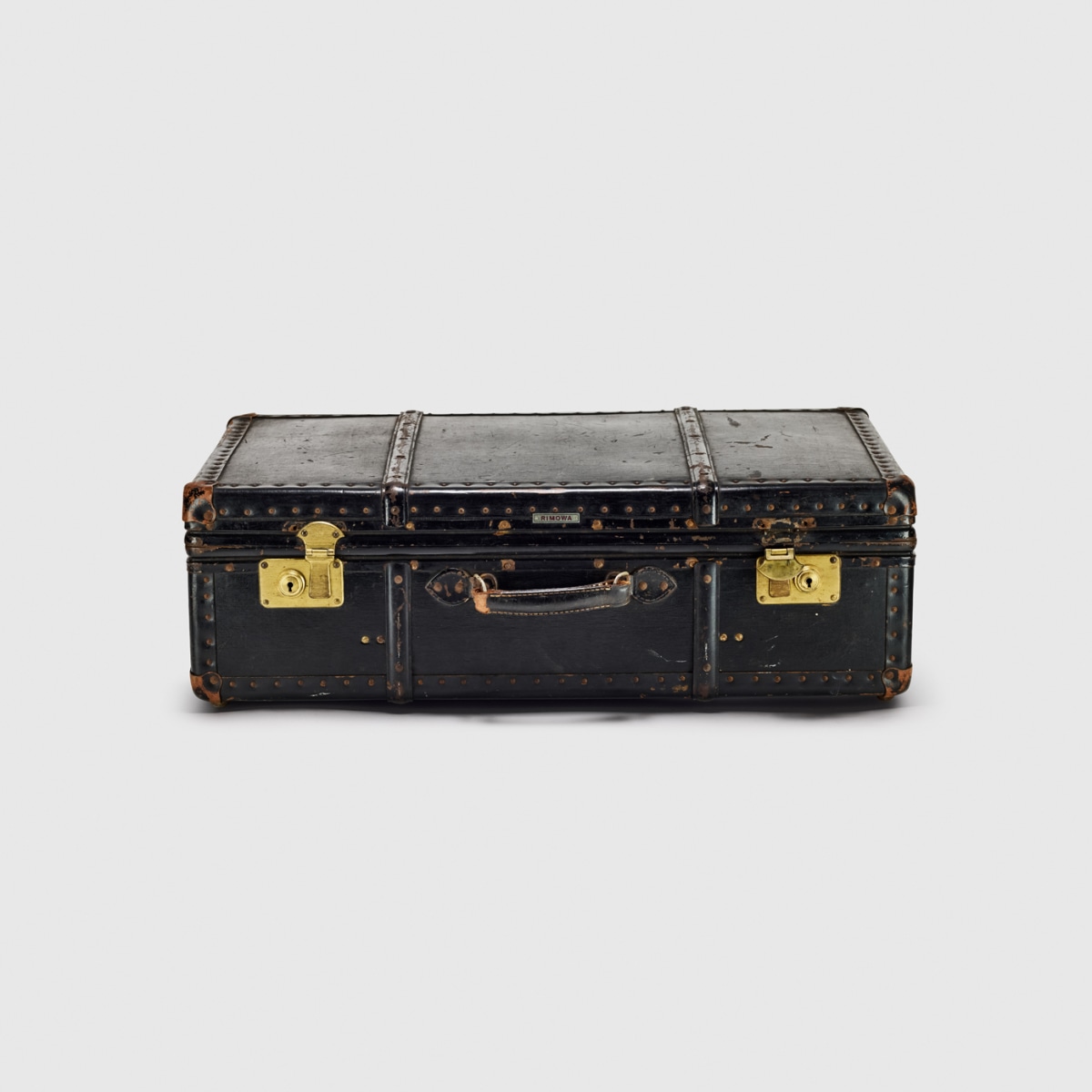
While most trunks at the time were cavernous boxes without any organization inside, Rimowa used a range of materials to create structures to keep items tidy. A patented dustproof steel frame ran along the length of the case creating a system of hangers and drawers. Today, Rimowa—and many other brands—have focused on creating internal organization systems in their suitcases to help travelers find their items more easily.
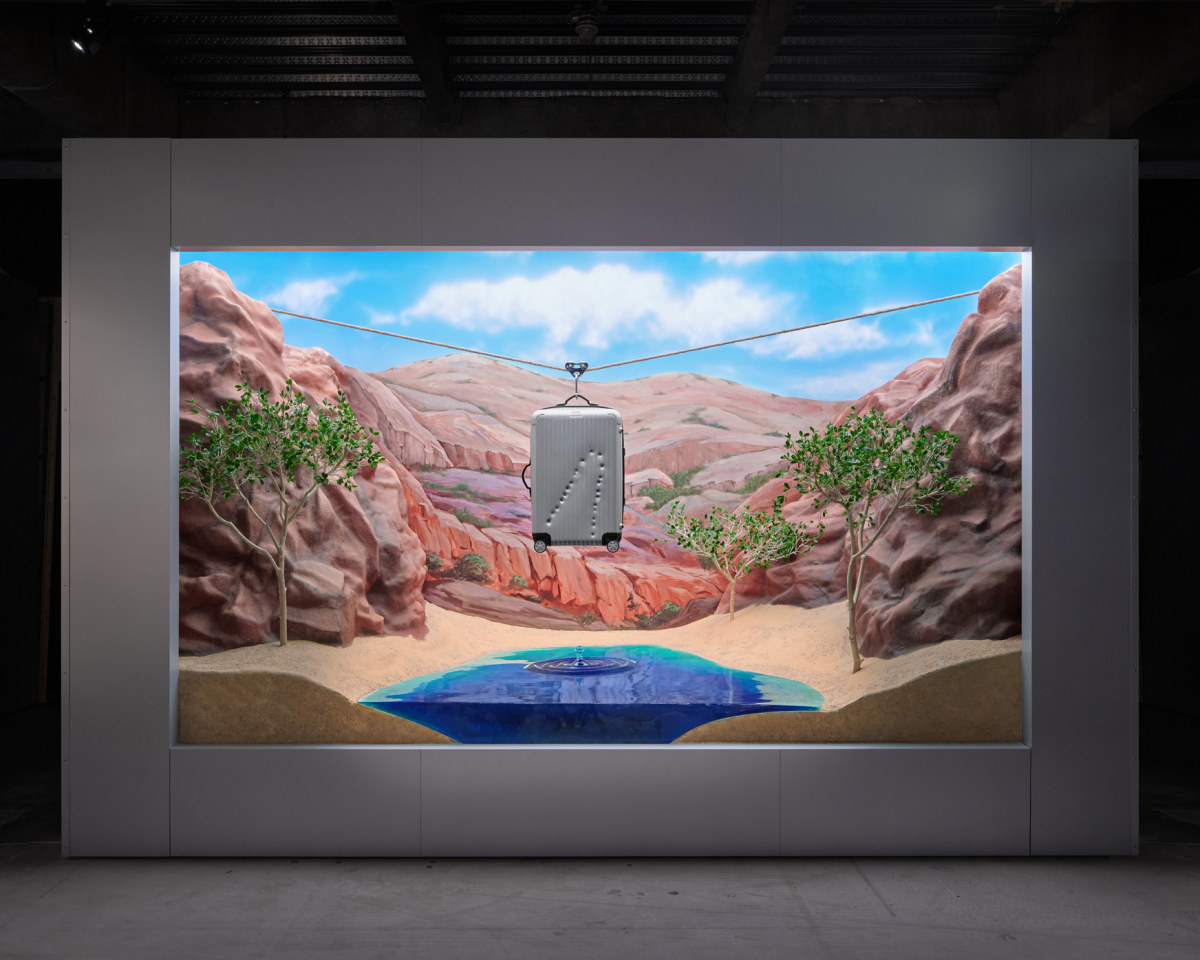
ALUMINUM
Scientists discovered duralumin, a durable and lightweight alloy, outside Cologne in 1906, which ended up being widely used in German aircraft. At Rimowa, designers wondered whether it might work well in luggage. They began to incorporate it into suitcases in 1927, and eventually came up with a case that was entirely made of aluminum. The aesthetic of these early cases evoke the austerity and functionality of the Bauhaus movement.
Legend has it that a fire in the Rimowa factory in the 1930s destroyed everything on the premises, except for the aluminum luggage. According to the brand’s historians, it’s hard to verify whether this actually happened, but what’s clear is Rimowa’s engineers doubled down on making aluminum luggage in the years that followed.
And even today, the brand’s signature cabin cases are made from aluminum. De Vitis says that about half of all Rimowa’s sales come from aluminum luggage. Over time they develop dents and scratches that also become a design element. “The first dent is the most painful,” she says. “But over time, the case develops a personality and tells a story about where you’ve been.”
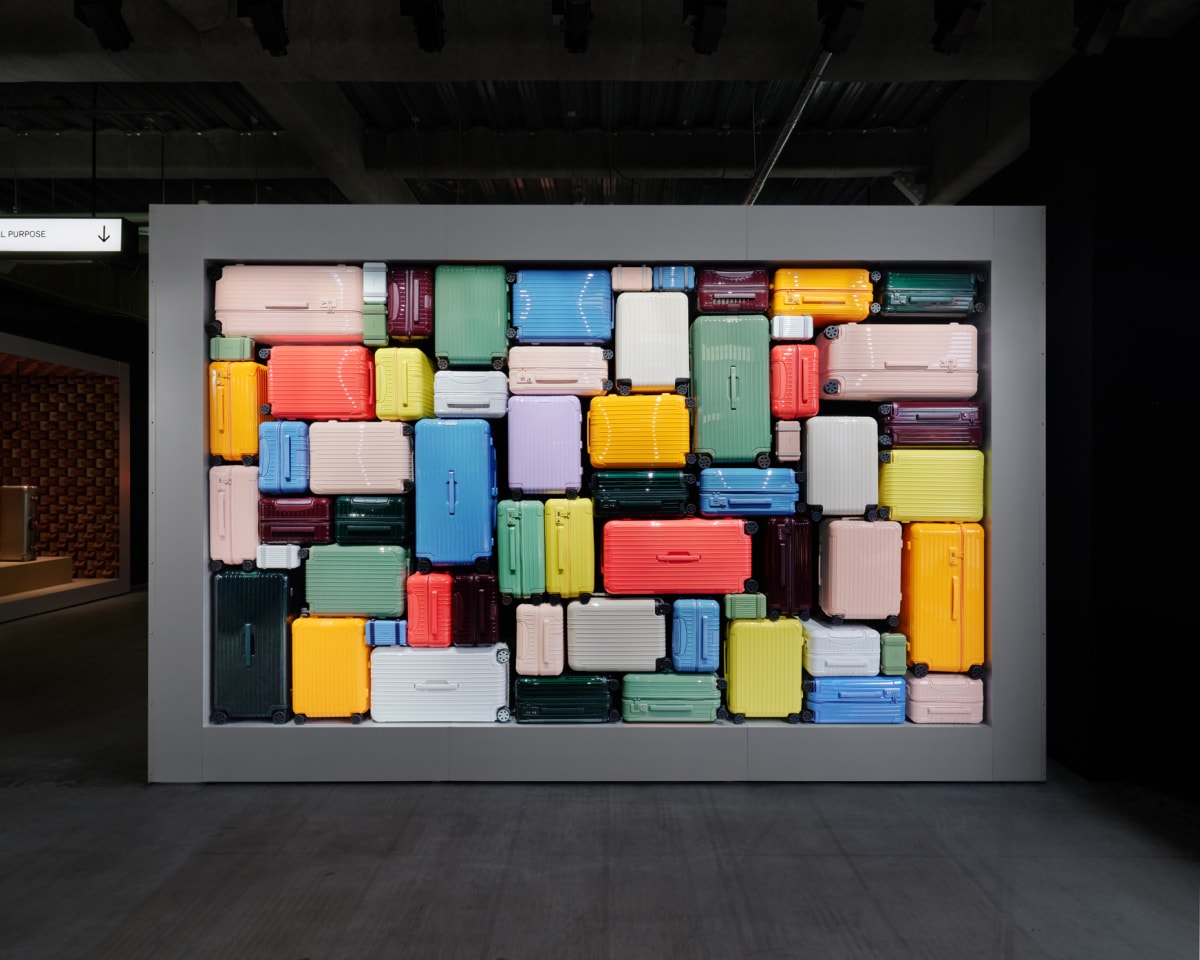
GROOVES
When the first all-metal commercial aircraft launched in 1919, it featured grooves to ensure that water would flow off of its surface. Rimowa’s designers, who were inspired by these amazing feats of engineering, began incorporating grooves onto luggage as a direct reference to these planes.
But over time, these ridges became central to Rimowa’s design language. Today, almost every item that the brand makes features them. And many other startups, from Away to Monos, also have groove-like designs on their suitcases, possibly taking inspiration from this legacy brand. “The grooves are a marker,” says De Vitis. “They’re subtle, but if you know Rimowa, you instantly identify one of our pieces, even from a distance.”
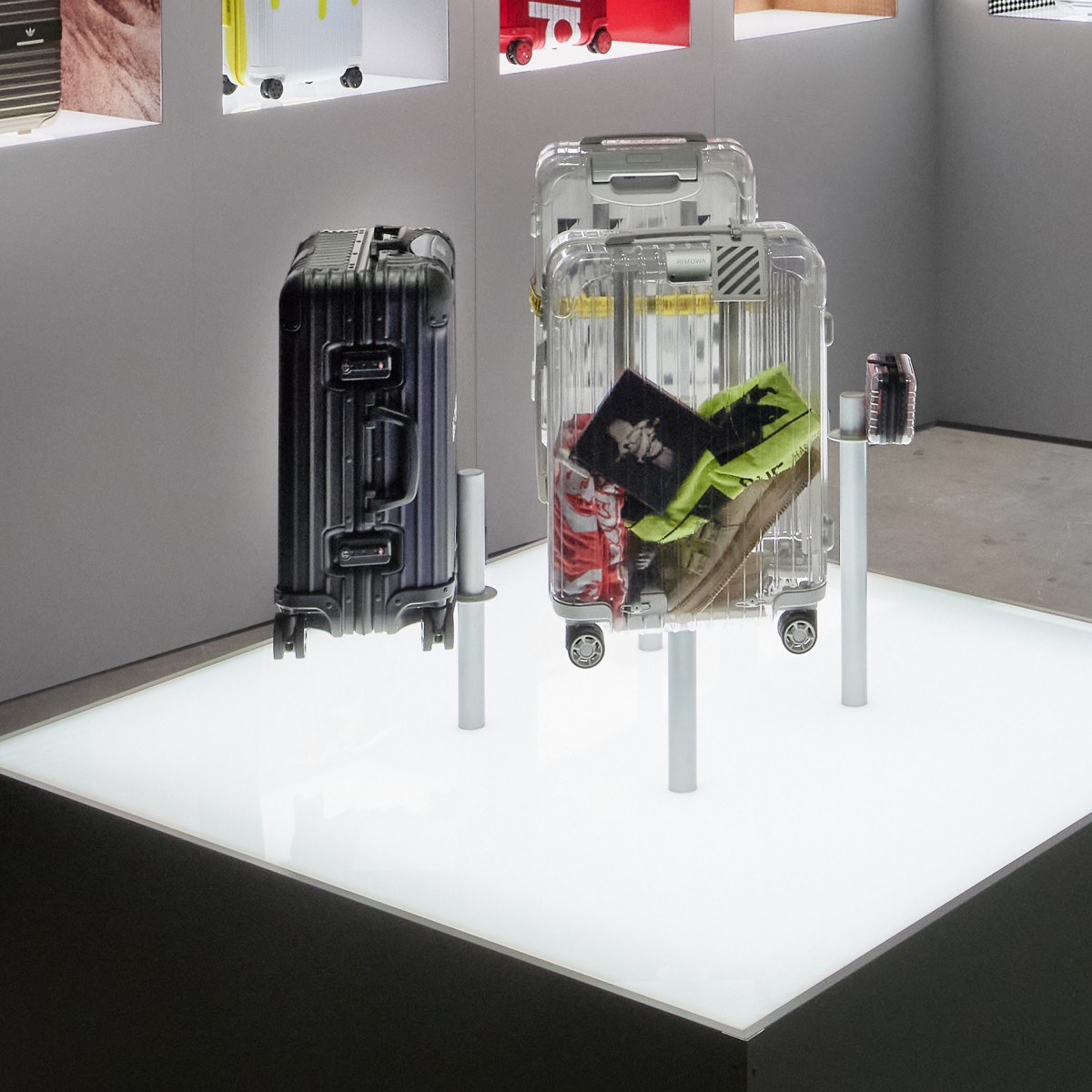
PLASTICS
In the early 20th century, scientists developed plastic, a radical new material that could morph into almost any product. Rimowa’s designers began to think about how it could be used to create ultra-lightweight, durable luggage. Bayer, a chemicals company headquartered outside Cologne, developed a thermoplastic called ABS in the 1930s and a specialized polymer called polycarbonate in the 1950s. Rimowa began experimenting with making suitcases out of both of these materials.
In 2000, Dieter Morszeck, grandson of Rimowa’s founder, unveiled the first ever polycarbonate suitcase. Today, these plastic suitcases are part of Rimowa’s Essentials line, all of which feature the same grooves as the aluminum cases, creating consistency across the collection. “There are some travelers who care most about lightness,” she says. “We’re proud that we pioneered polycarbonate, because it has become the norm in the luggage industry.”

WATERPROOFING
At the age of 23, Dieter Morszeck set out to create an entirely waterproof case. His goal was to create a carrier for photographers that would protect their equipment even as they went into unpredictable environments, like the jungle or the arctic. In 2005, he filed a patent for a case made out of aluminum-covered plywood, a form rubber lining, and Styropor insulation. It helped the brand become popular among photographers who continue to buy the brand’s protective luggage.
But De Vitis says Rimowa has developed a reputation for solving very specific problems for people in different industries. Over the years, it has created bespoke cases for violinists to carry their instruments and sommeliers to tote around 12 bottles of wine. The brand created a case for Pharrell to carry his keyboard with him while traveling. “We want to help our clients carry their most precious belongings with them without having to worry they will be damaged,” she says.





































